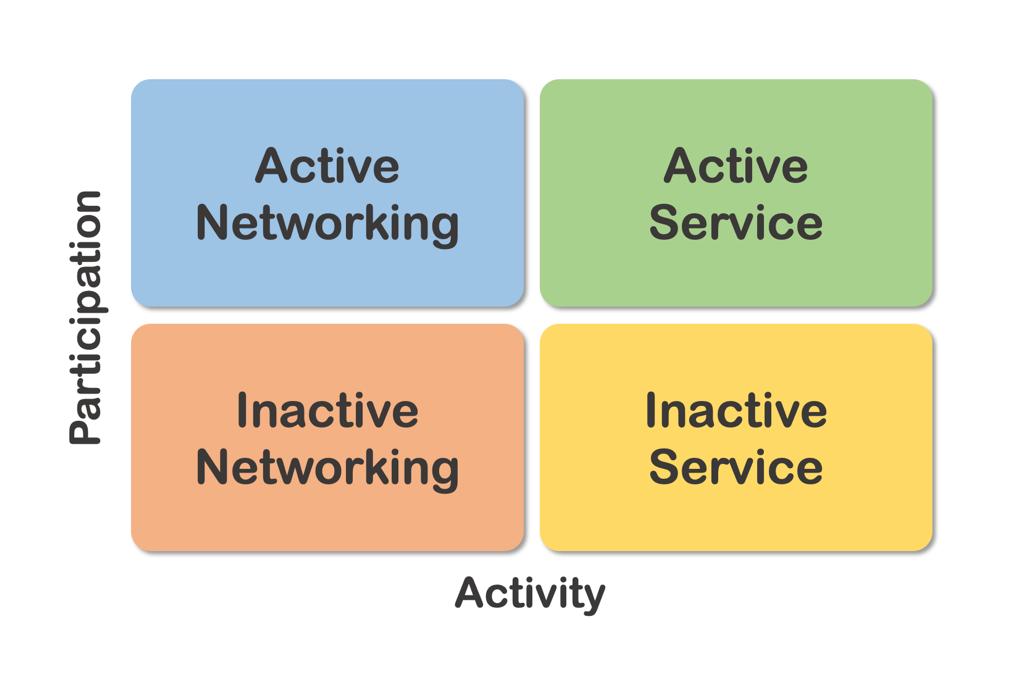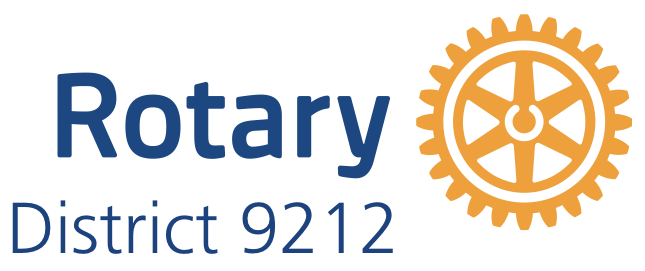Boost Engagement By Deeply Understanding Your MEMBERS

Who are the most valuable Rotarians in your club? Is it the high net worth individuals, or the ones who are readily available to participate in hands-on service projects? Perhaps it is the members that attend every training seminar and are walking-talking Rotary encyclopedias. Or maybe those who have considerable influence in high-level business circles, vibrant social networks, or even the Church.
Of course, it really depends on your perspective but if we take a ‘Buffetesque’ point-of-view, then the most valuable Rotarians in your club would be those that show up! It’s as simple as that. When you strip it down to the fundamentals and take a bare-bones approach, you’ll find that those who turn up are the ones that support the aims and objectives of the club president and the board. An empty room offers no possibilities for networking, growth, service projects or fundraising.
It follows therefore, that if you are to increase the club’s performance by enhancing the membership experience for every Rotarian and increasing the impact of your service projects, then you should endeavor to boost the value of each member. And the only way to do this is by getting a larger number to show up at your meetings and events. In this case showing up means attending a meeting, raising funds, participating in a service project, or other activities that support the club’s goals.
As you work to increase the value of each member you may borrow ideas from business executives, who divide target customers into smaller groups when they are developing their marketing strategies. This process is known as customer segmentation and it offers consumer insights to marketing executives who then use this knowledge to devise relevant value propositions for each market segment.
So, if you use the segmentation method to break down your membership into smaller, distinct and homogeneous groups, you may find that the strategies to engage each and every group will effortlessly unfold before your eyes. I have taken the liberty to develop a simple and straightforward segmentation matrix incorporating ‘participation’ and ‘activity’ as the basis of analysis.

On the Y axis we place the level of participation broken down into two – active and inactive. At the top are people who are very active in Rotary with regards to attendance, giving, introducing new members and participating in service projects. On the X axis we place the type of activity again in two distinct groups – networking and service. Here we separate the main interests of the members to indicate whether they are oriented towards social activities and networking, or towards service projects and charity.
From this matrix we can distinguish four types of Rotarians, Rotary Clubs or even Rotary Countries based on their participation and activity preferences. The four types are i) Active Networking-Oriented Rotarians; ii) Active Service-Oriented Rotarians; iii) Inactive Networking-Oriented Rotarians; and iv) Inactive Service-Oriented Rotarians.
When we talk to our club presidents we get the impression that as District 9212 we are Active Service-Oriented Rotarians mostly due to the fact that our clubs attract some of the highest amounts in Global Grants in Africa. However, compared to District 9211 which comprises Uganda and Tanzania, we would be lower down on the participation scale because their membership engagement is through the roof.
If we performed the segmentation by club, where would your club fall? I know some clubs like the Rotary Club of Kiambu and the Rotary Club of Addis Ababa Finot fell in the Inactive Networking-Oriented quadrant at the start of the year and are now Active Networking-Oriented clubs due to the increase in membership and engagement over the last 5 months.
As a club leader you will be able to position every member based on their participation and activity preference, allowing you to develop strategies that enhance the membership experience for the majority, without leaving the minority behind.
For example, if you find that most of your members fall into the Inactive Service-Oriented quadrant, it may mean that your members feel that the club projects are few and lack meaning. You may thus choose to seek their opinion in the type of projects they like with the aim of increasing their participation.
You may also choose to call each member to talk about their participation and the types of activities that they like, and then prepare the annual schedule according to their wishes. This will take time, but it will be time well spent and the results will speak for themselves.
I urge you to sit with your board and play with this participation/activity segmentation model by positioning all your members into the matrix. You will be amazed how quickly you will discover what truly drives them and the strategies to employ will simply reveal themselves to you.
Joe is the Immediate Past District Governor of Rotary District 9212 and the Rotary International Representative to UN Environment. He is also the CEO of The Collective, a digital advertising agency, the chairman of the Advertising Standards Board of Kenya, and a board member of WWF-Kenya.



